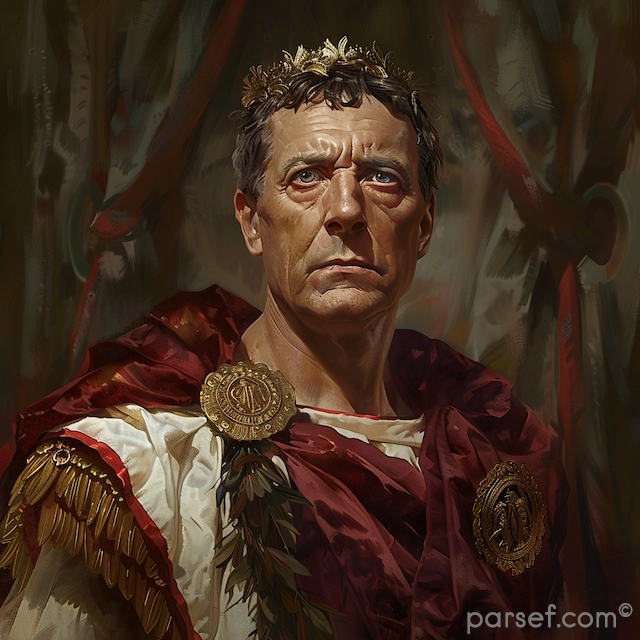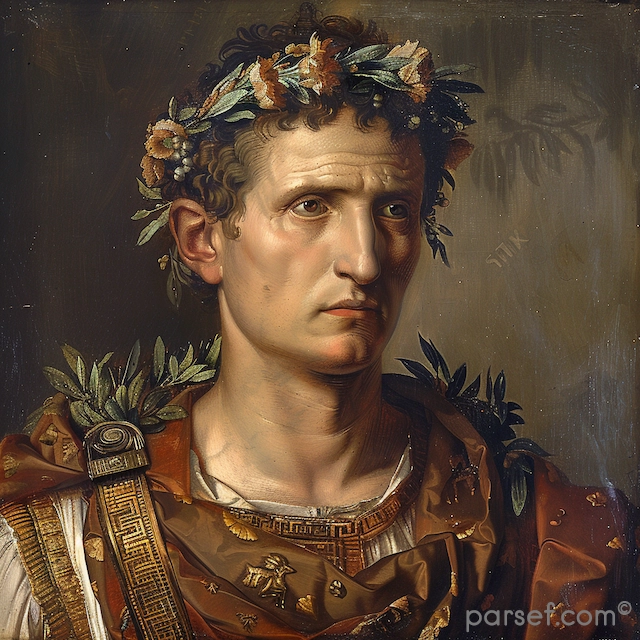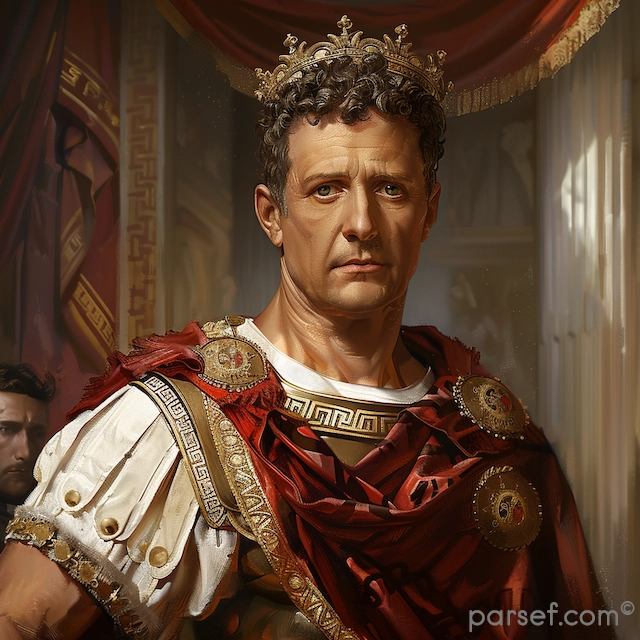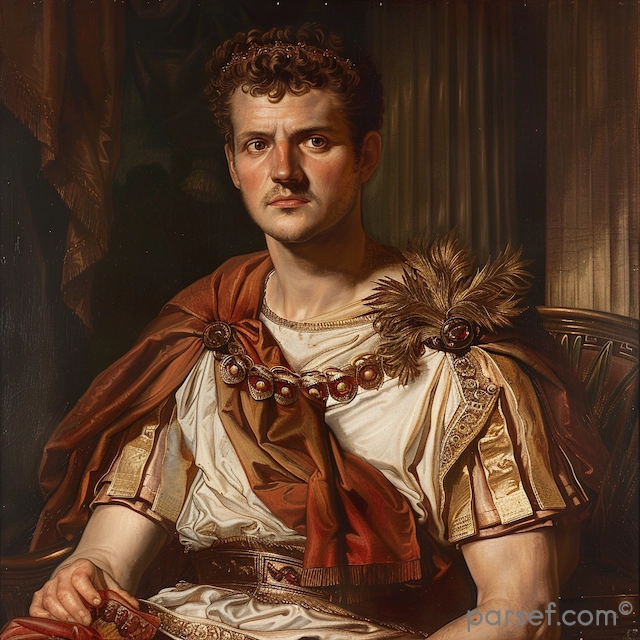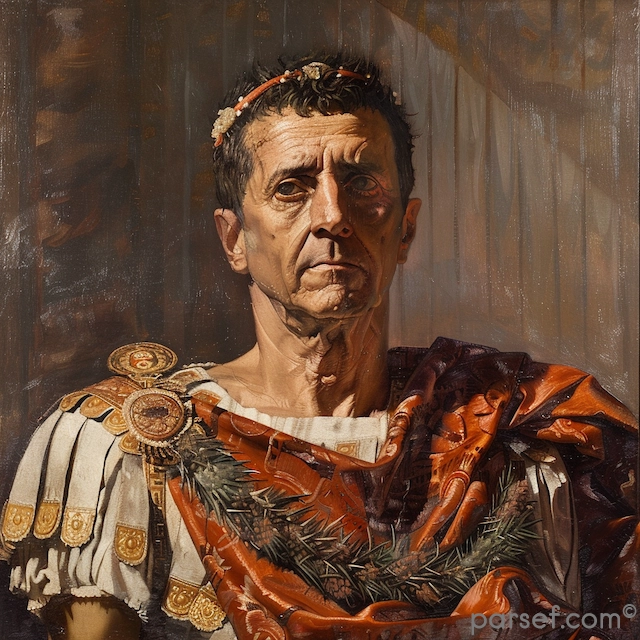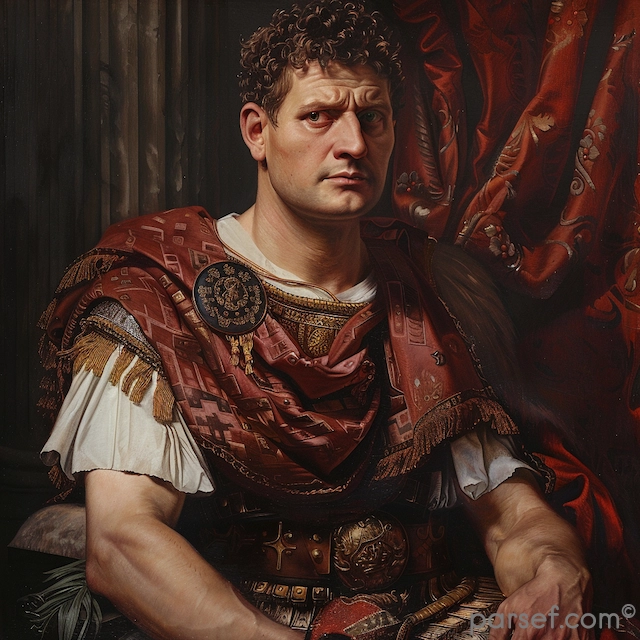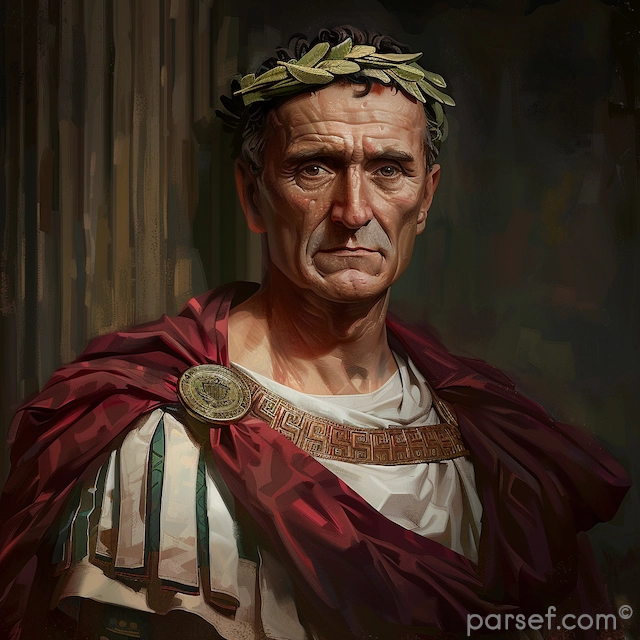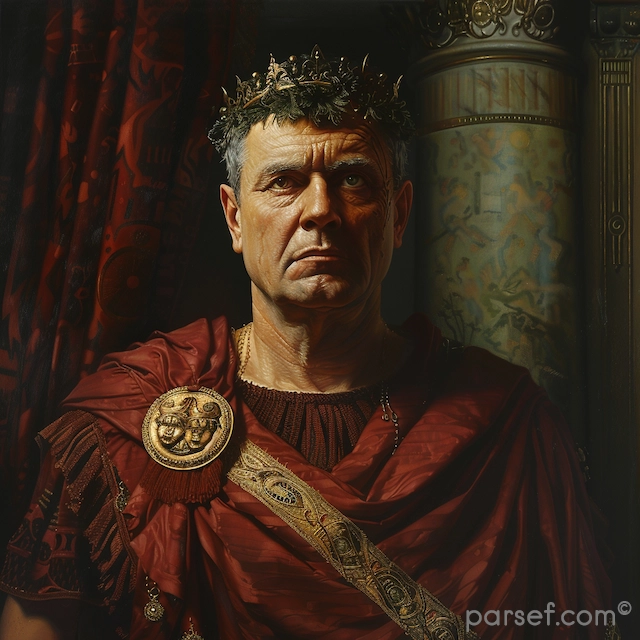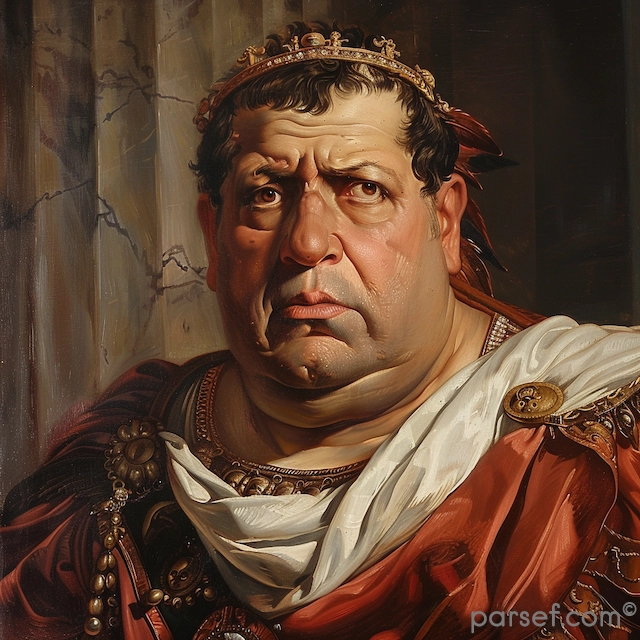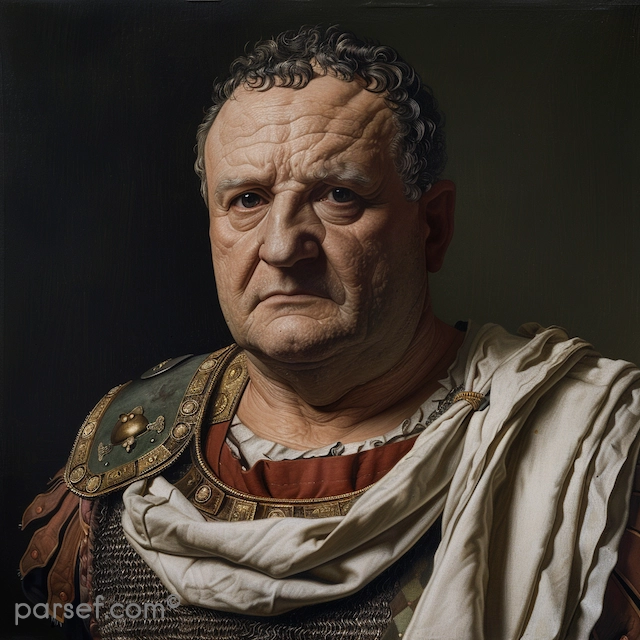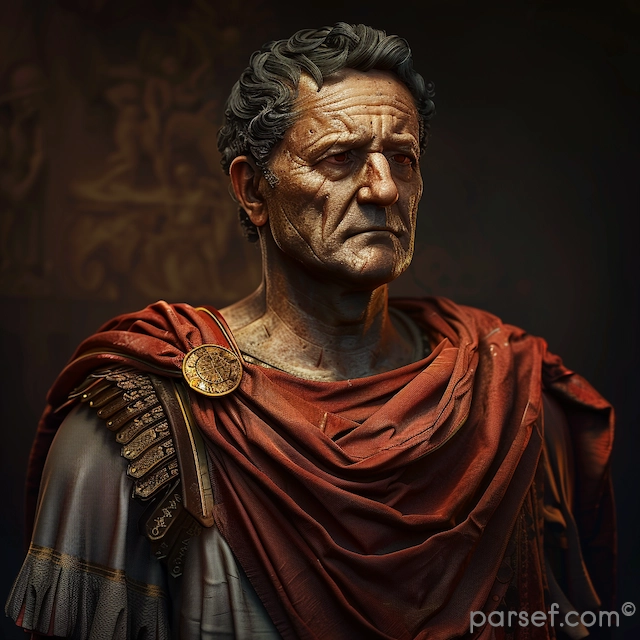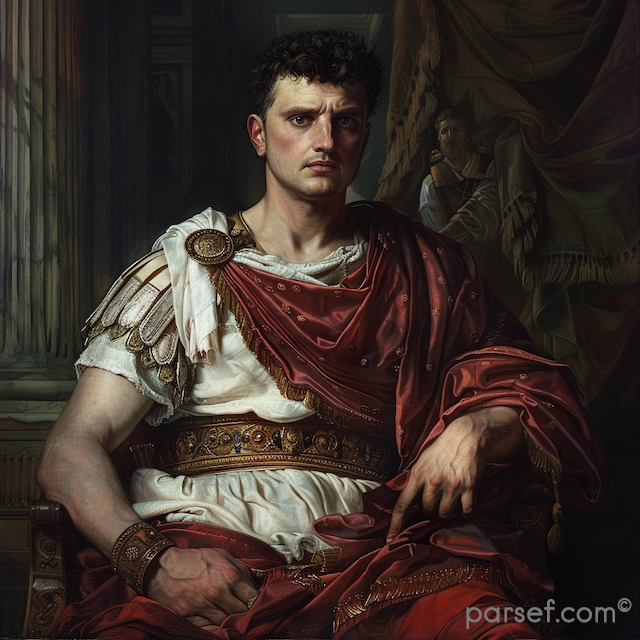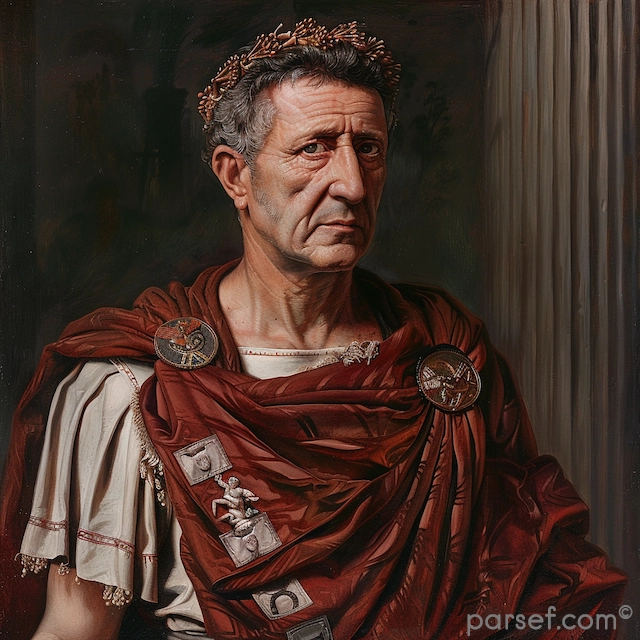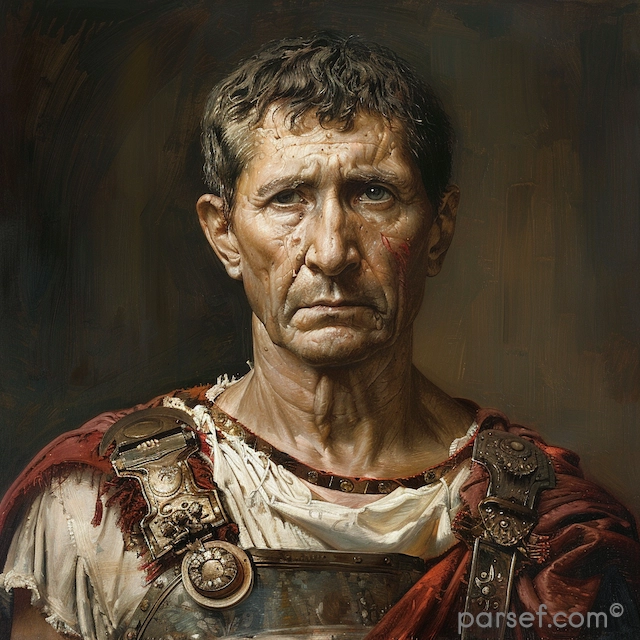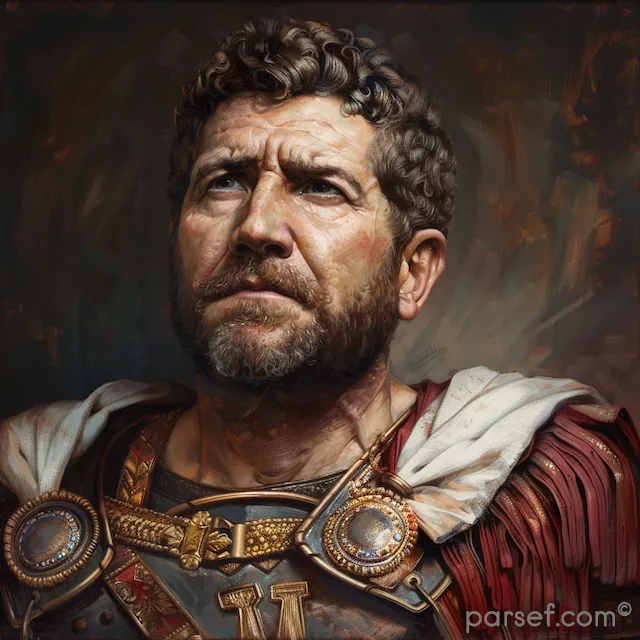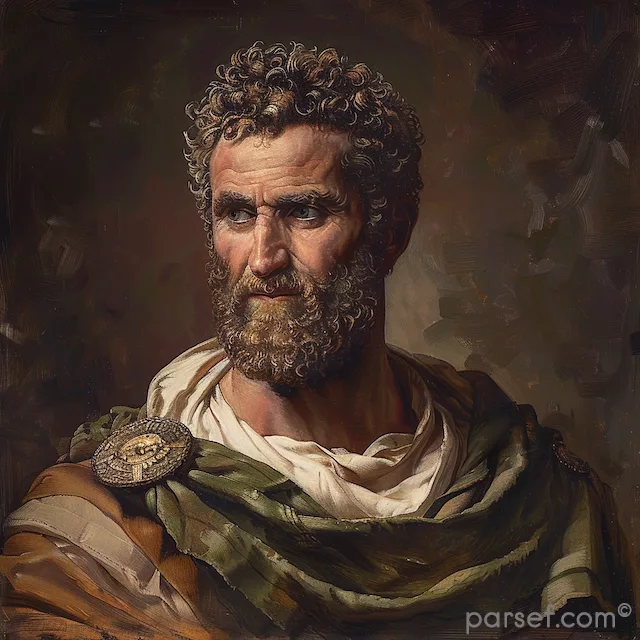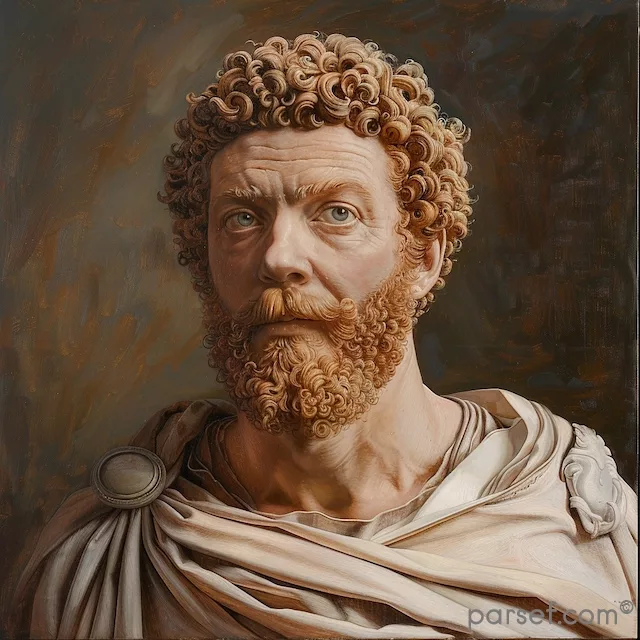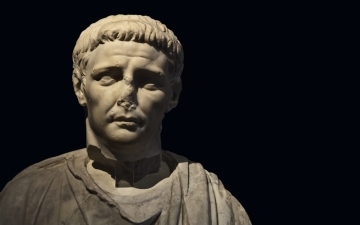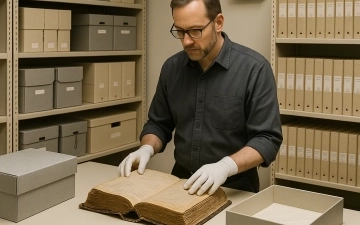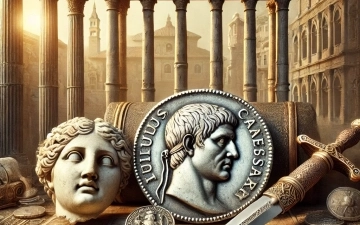Severus Alexander: The Emperor Who Faced Down Crisis and Attempted to Restore Order
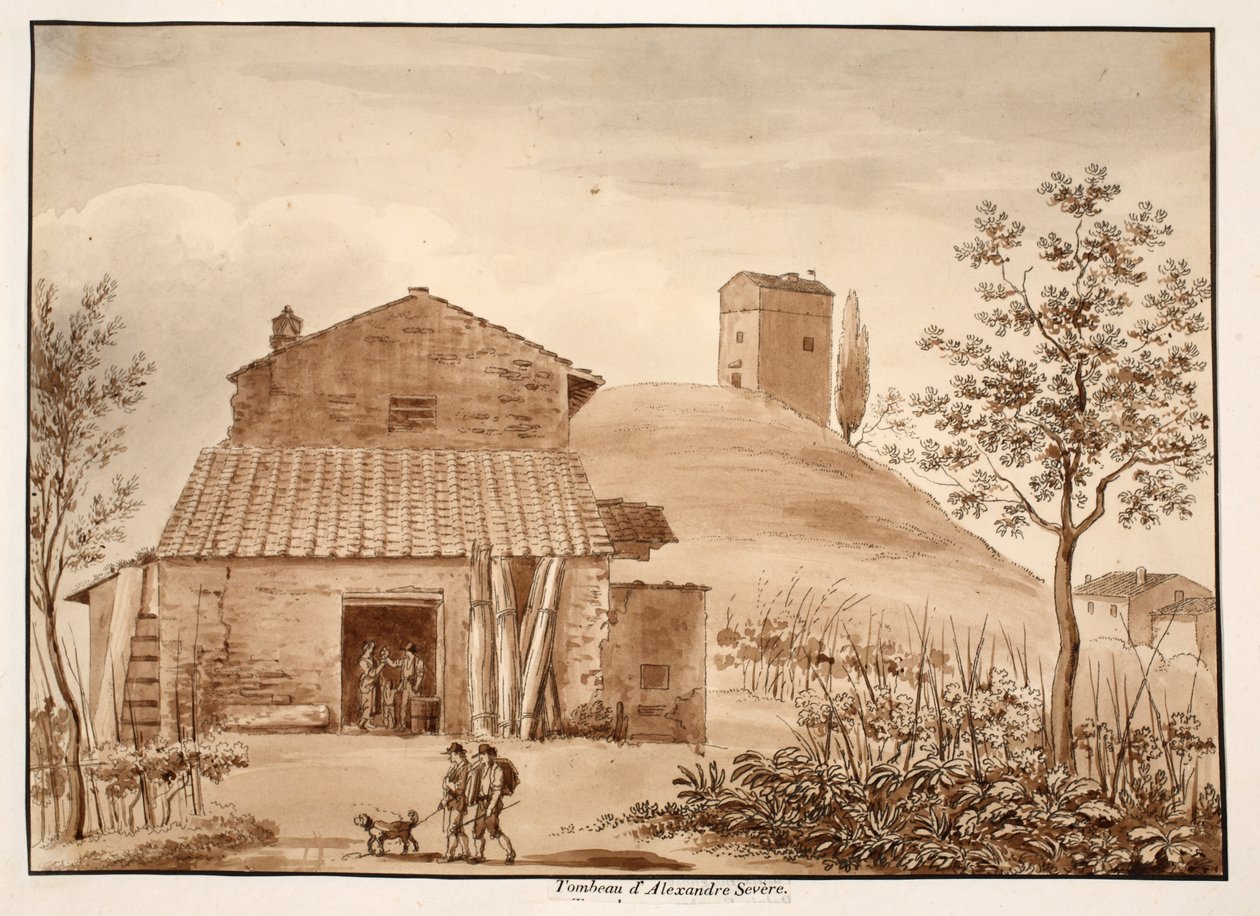
Severus Alexander, often overshadowed by the more flamboyant and controversial emperors who preceded him, was a ruler who ascended to the imperial throne at a time of profound crisis. His reign, while ultimately brief, was marked by a determined effort to restore order and stability to the Roman Empire.
Grandson of Septimius Severus, Alexander was a young and inexperienced emperor when he assumed power in 222 AD. Yet, he possessed a surprising degree of wisdom and maturity beyond his years. His reign was characterized by a strong emphasis on traditional Roman values and a commitment to good governance.
One of the most pressing challenges facing Alexander was the deteriorating economic situation. The empire was burdened by heavy taxation, inflation, and a declining currency. To address these issues, the young emperor implemented reforms aimed at reducing government spending and increasing revenue. He also sought to stabilize the currency by reforming the monetary system.
Another major challenge was the growing threat posed by barbarian invasions along the empire's borders. The Germanic tribes were becoming increasingly aggressive, and the Parthians in the east continued to be a persistent menace. Alexander, though not a seasoned general like his ancestors, was determined to protect the empire's frontiers. He led several campaigns against the Germanic tribes, achieving mixed results. While he managed to repel some incursions, the overall situation remained precarious.
Despite his efforts to address the empire's problems, Alexander faced significant opposition. His mother, Julia Mamaea, wielded considerable influence over her son, and her involvement in state affairs alienated many in the Roman elite. Moreover, the military, accustomed to the lavish rewards and privileges bestowed by previous emperors, resented Alexander's frugal policies.
The culmination of these challenges came in 235 AD, when a rebellion erupted among the Roman legions stationed in Gaul. The rebels proclaimed Maximinus Thrax, a brutal but charismatic general, as emperor. Alexander and his mother were captured and executed, bringing a tragic end to a reign that had shown promise but ultimately proved insufficient to overcome the empire's deep-seated problems.
Severus Alexander's reign is often viewed as a brief interlude of relative peace and stability in an increasingly turbulent era. While he may not have been a charismatic or dynamic leader, his commitment to good governance and his efforts to address the empire's economic and military challenges deserve recognition. His untimely death marked the beginning of a period of intense crisis known as the Third-Century Crisis, a time of civil war, economic collapse, and barbarian invasions that would test the Roman Empire to its limits.
Related Posts
The Book of Revelation: A Historical and Theological Journey
The Book of Revelation, also known as the Apocalypse of John, is one of the most enigmatic and debated texts in the Christian biblical canon. Positioned as the final book of the New Testament, it has captivated theologians, historians, artists, and laypeople alike for nearly two millennia. Its vivid imagery,...
Read MoreClaudius: The Unexpected Emperor and His Surprising Achievements
In the annals of Roman history, the name Claudius stands out as a remarkable story of an unexpected emperor who defied the odds and left behind a legacy of significant achievements. Often underestimated due to physical disabilities, Claudius rose to power and proved to be a capable and innovative ruler....
Read MoreA Portrait of Berl Katznelson: The Role of Jewish Tradition in His Labor Zionist Thought
Berl Katznelson (1887–1944) was a towering figure in Labor Zionism, a movement that sought to combine socialist principles with the Zionist vision of a Jewish homeland in Palestine. Born in Bobruisk, Belarus, to a family steeped in Jewish tradition and Zionist ideals, Katznelson’s upbringing profoundly shaped his intellectual and ideological...
Read MoreOrganizing Archival Gear for Museums and Collectors
Proper archival care of equipment is necessary for collectors and museums to conserve valuable artifacts and records. Proper categorization, storage, and environmental control help maintain collections whole and durable. The implementation of proper archival care practices ensures historical materials are preserved and can be made accessible to future generations. Historical Note: preservation...
Read MoreThe Challenges and Blessings of Being a Christian in Modern Times
Christianity, born in a time of Roman rule and cultural upheaval, has always thrived amid paradox: power through humility, victory through suffering, life through death. In modern times—marked by rapid technological advancement, shifting moral landscapes, and growing religious pluralism—being a Christian is both profoundly challenging and richly rewarding. It calls...
Read MoreUnearthing History: Julius Caesar’s Artifacts and Their Significance
Julius Caesar, one of the most renowned figures of Roman history, left an indelible mark on the ancient world. His military conquests, political reforms, and dramatic death have made him a central figure in historical and archaeological studies. Although Caesar lived over two millennia ago, numerous artifacts associated with his...
Read More